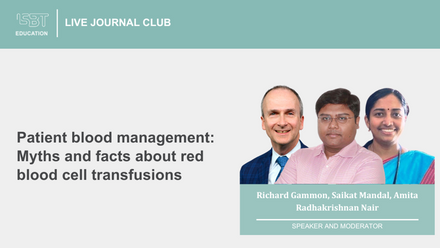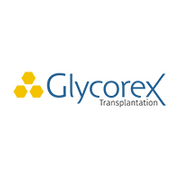Nadeeja Amarasinghe, Amila Amarasena, Anoj Thabrew, Prabhath Werawatte, Anuja Premawardhena, Farnaz Malik, Mohamed Abusayeed and Champika Wickramasinghe
Abstract
Sri Lanka, a country with 22 million people, has nearly 2000 thalassemia patients with severe thalassemia, two-thirds of whom have beta thalassemia major (TM). The current prevention program based on promoting “safe marriages”, which has been in existence for over 15 years, has failed to reduce thalassemia major births. We set about to examine the cost-effectiveness of novel policy options for thalassemia prevention in Sri Lanka. Methods: The current cost for treatment of a thalassemia major patient (USD 2602/yr) was compared against the cost per reduction of single birth with three novel strategies, namely intensifying the screening in the current five districts combined with an education program (policy option 1), a nationwide screening program (policy option 2), and antenatal screening combined with the termination of pregnancy (policy option 3). The incremental cost-effectiveness ratio (ICER) of the different strategies was calculated. Results: The status quo was considered to reduce one TM birth whilst the new policy options were able to reduce births by 14, 35, and 48, respectively. The costs incurred for the program for a year for status quo and the three novel programs were USD 104,788, 173,884, 781,372, and 904,186 respectively. Cost per prevention of a thalassemia major birth was USD 87,324, 12,420, 22,324, and 20,084, respectively. The lifetime cost per treatment of a thalassemia major patient was USD 34,653. Conclusions: Given the current legal restriction on termination of pregnancy for fetal indications, policy option 2, an island-wide screening with mass education, is the most cost-effective and will be expected to deliver a substantial reduction in new births.



















